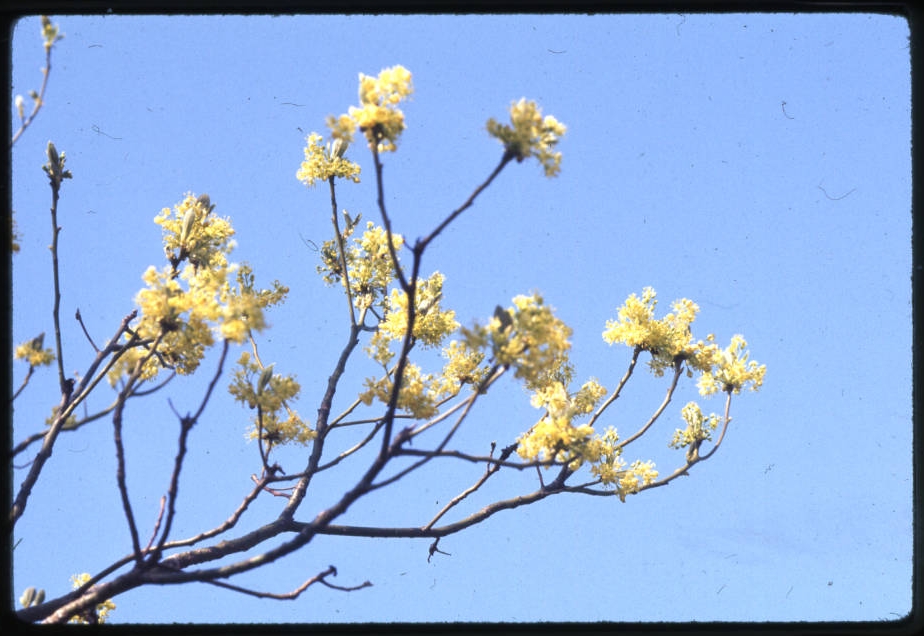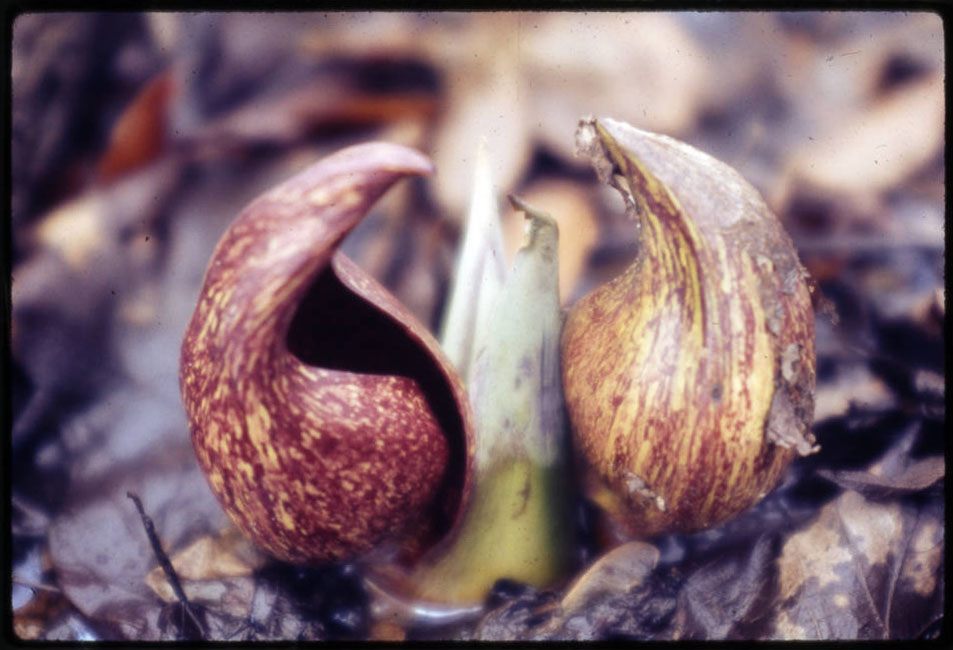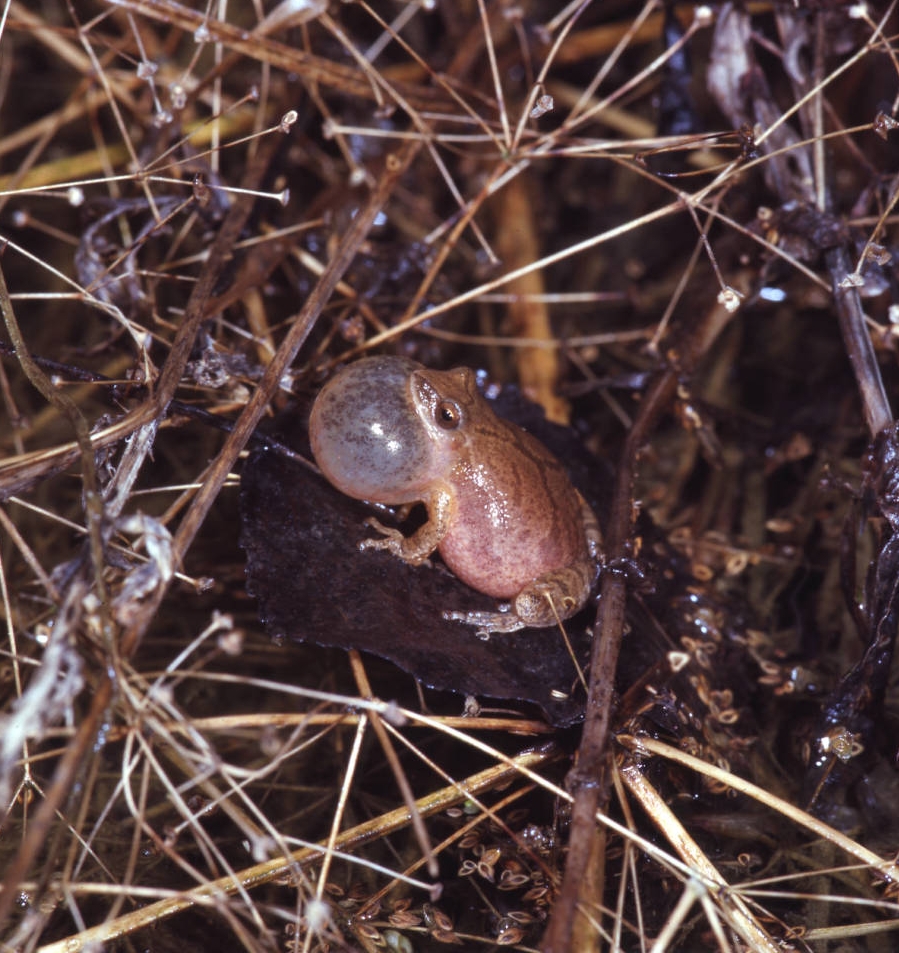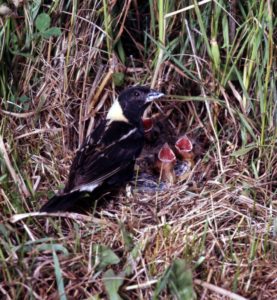Signs of Spring on Ohio Memory

The official start to spring is just under two weeks away, although much of Ohio has been experiencing spring-like weather off and on for weeks now already. To celebrate the coming start of the new season, let’s take a look at some of the signs of spring you can find on Ohio Memory!

One of the earliest spring plant appearances in Ohio is the skunk cabbage, the unusual “flower” seen above. So named because of the foul smell it produces both when it blooms, and when its leaves are bruised or torn, the skunk cabbage is often in bloom as early as February, preceding other spring wildflowers by up to two months.

The reason for its early appearance at a time when the ground is often frozen and snow-covered? The skunk cabbage is what’s called thermogenic, meaning it can generate its own heat through its process of cellular respiration, melting the surrounding snow and ground with temperatures far warmer than the air around it. This warmth not only allows the plant to bloom and thrive in harsh conditions, but also attracts the pollinators that help it to spread.
Another sure sign of spring is the unmistakable call of the spring peeper. These small frogs are recognized by their outsized chirping, which serves as the call of the male of the species during the early spring mating season–females choose their mates based on the quality of the male’s call. In the photograph at right, the frog is displaying an enlarged throat pouch that is on show while it produces the call. But despite their loud voice, adult spring peepers average only one inch in length. They are easily identified by the dark X shape on their backs. The northern spring peeper, Hyla crucifer crucifer, is found in all of Ohio’s 88 counties.

The birds of Ohio can serve as another notable indicator of the season. Many people are familiar with the robin as a sign that spring has arrived, but in Ohio, this isn’t as accurate as it used to be. Flocks of robins now remain in the state through the winter, feeding on fruit and berries through the snowy months. Other birds that migrate south in the winter can be more reliable signs upon their return to Ohio, like the American woodcock. The bobolink, seen feeding its young at left, is found in Ohio during its spring migration from South America. Though bobolinks were numerous in Ohio in the 1800s, their numbers have decreased along with the amount of forested land and grassland habitat across the state.
These are just a few of the many signs of spring around our state. We hope you’ll get out to explore them yourself as we move into the new season!
Thanks to Lily Birkhimer, Digital Projects Coordinator at the Ohio History Connection, for this week’s post!



Leave a Reply
You must be logged in to post a comment.